Ministry of Environment, Forest and Climate Change
Union Environment Minister Shri Bhupender Yadav presided over the Wildlife Week 2025 Celebrations, themed ‘Human-Wildlife coexistence’, at Dehradun
The Minister launched 5 National Level Projects for Species Conservation and Conflict Management, as well as, 4 National-level Action Plans & Field Guides for Species Population Assessments and Monitoring Programmes
Shri Yadav felicitated the Finalists of the National Hackathon on Human-Wildlife Conflict (HWC) Co-existence
प्रविष्टि तिथि:
06 OCT 2025 6:15PM by PIB Delhi
Wildlife Week 2025 celebrations were organized by the Union Ministry of Environment, Forest and Climate Change, along with Wildlife Institute of India (WII), Indian Council of Forestry Research and Education (ICFRE), Indira Gandhi National Forest Academy (IGNFA) and Forest Research Institute (FRI) at the historic Hari Singh Auditorium, IGNFA, FRI Campus, Dehradun on 6th October 2025.
The event was graced by Minister of Environment, Forest and Climate Change, Shri Bhupender Yadav. Senior officers from the Ministry, representatives from State Forest Departments, scientists, academicians, students, and conservation professionals participated in the celebrations.
The Wildlife Week Celebrations 2025 underscored the synergy between WII, ICFRE, IGNFA, and FRI, showcasing a holistic, inter-institutional approach to wildlife conservation, research, and policy integration. This year's theme is ‘Human-Wildlife coexistence’, keeping in view the incidences of close human-wildlife interfaces over the years and to gather community support so as to enable moving from 'conflict to coexistence'.
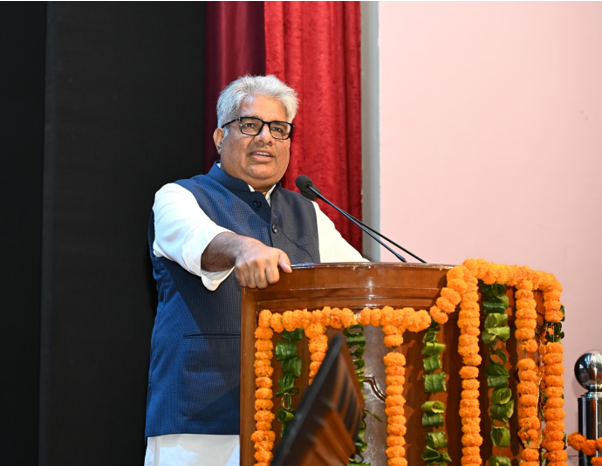
In his address, taking reference from the various nationally significant announcements made by the Prime Minister during 7th National Board for Wildlife (NBWL), the Minister emphasized the Ministry’s commitment to conserving its biodiversity while ensuring coexistence between people and wildlife. He also laid emphasis on the growing need for innovative, technology-driven and community-centric approaches to wildlife management.
In his concluding message, the Minister urged all stakeholders to strengthen partnerships for conservation and emphasized that “Wildlife protection is not just a duty, but a shared responsibility for ensuring harmony between nature and people”.
Launch of National Projects:
During the event, the Minister launched 5 national level projects for species conservation and conflict management. These projects were taking forward the vision and guidance of Prime Minister Shri Narendra Modi discussed during the 7th Meeting of the National Board for Wildlife (NBWL) regarding conservation management of species. The projects launched include the following:
- Implementation of Action Plan of Project Dolphin (Phase-II), which aims to strengthen conservation measures for river and marine cetaceans across India.
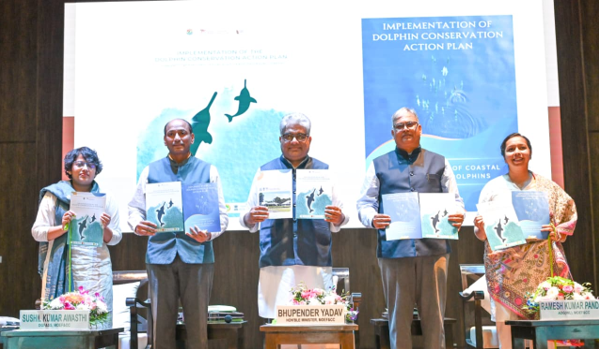
- Project Sloth Bear - Launch of the national implementation framework for the conservation of the Sloth Bear and release of the project brochure.
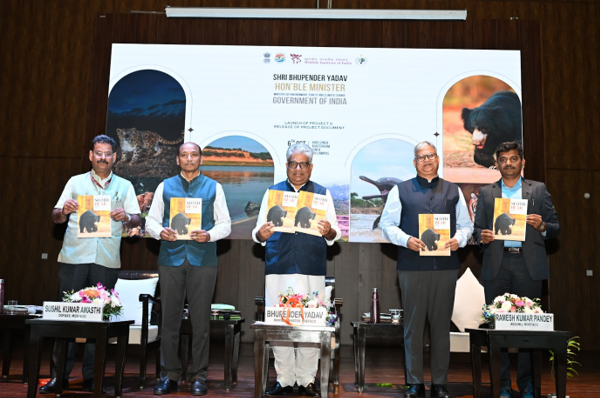
- Project Gharial - Launch of the implementation action plan for the conservation of Gharials and release of the project brochure.
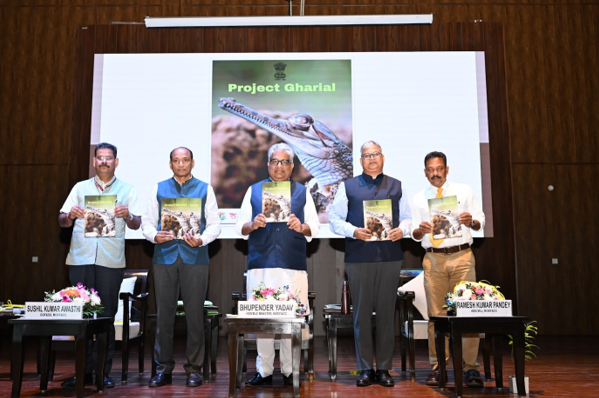
- Centre of Excellence for Human–Wildlife Conflict Management (CoE-HWC) at SACON - Establishment of a dedicated national Centre to support policy, research, and field-based mitigation of human–wildlife conflicts in India, along with the release of an information booklet.
- Tigers Outside Tiger Reserve to redress conflicts outside protected areas using a landscape approach, technological interventions, capacity building & community support.
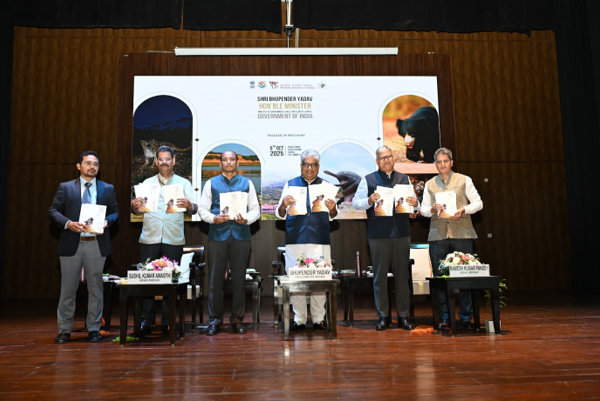
Population Estimation and Monitoring Initiatives:
The Minister also unveiled four national-level action plans & field guides for species population assessments and monitoring programmes:
- Second Cycle of Population Estimation of River Dolphins and Other Cetaceans, including release of the brochure and field guide.
- All India Tiger Estimation Cycle–6: release of the field guide in eight regional languages.
- Action Plan for the Second Cycle of Snow Leopard Population Estimation.
- Progress report on the Population Estimation of Great Indian Bustard and Lesser Florican.
The event also included the online inauguration of the SFS Officers’ Mess at CASFoS, Coimbatore.
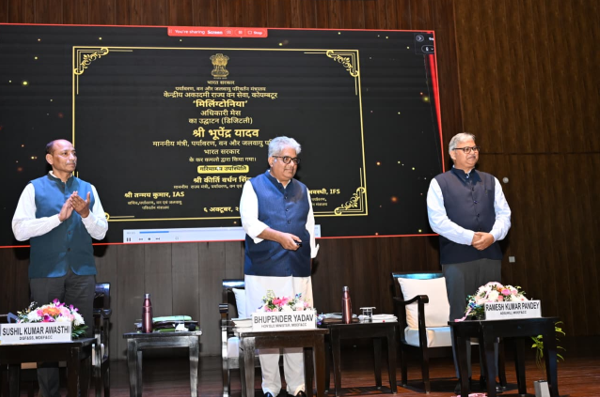
A key highlight of the evening was the concluding session of the National Hackathon on Human-Wildlife Conflict (HWC) Co-existence, bringing together young innovators, students and technology developers from across India. The Hackathon encouraged creative solutions to mitigate conflicts, promote coexistence and enhance real-time decision-making using advanced tools such as AI, spatial analytics and community engagement models.
A total of 120 teams consisting of 420 youths from 75 institutions across 20 States/UTs participated in the event over the last three weeks. Following the preliminary rounds, the finale was held in Dehradun as part of the event, with top 6 finalists making presentations in the presence of the Minister and Expert Juries, along with the large number of participants of the celebrations. The top three finalists were given a cash prize along with a certificate, while all other finalists were given an appreciation prize by the Minister. He also gave away prizes for winners of the quiz competition conducted by IGNFA.
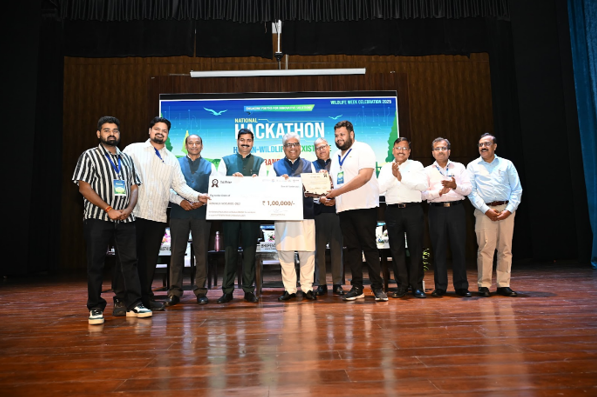
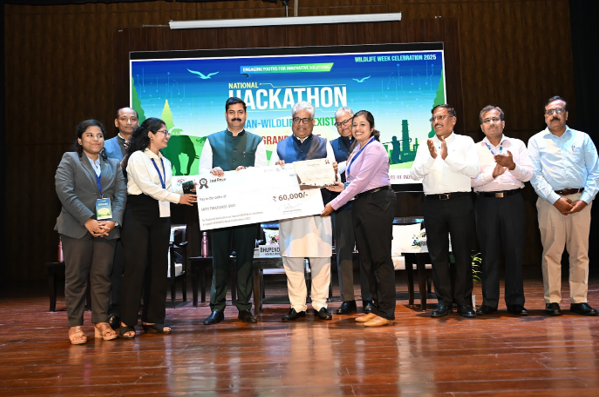
*****
VM
(रिलीज़ आईडी: 2175490)
आगंतुक पटल : 3235